-
Indus river dolphins
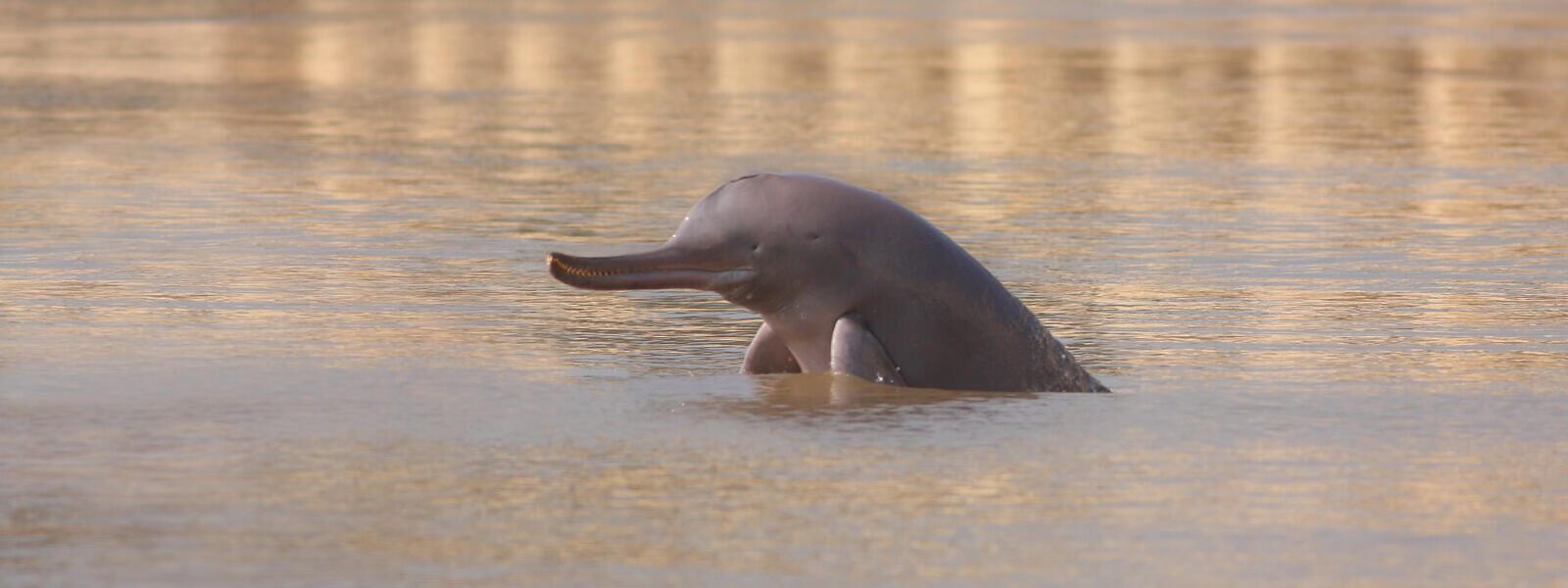
Indus river dolphins are believed to have originated in the ancient Tethys Sea. When the sea dried up approximately 50 million years ago, the dolphins were forced to adapt to its only remaining habitat—rivers. Today, they can only be found in the lower parts of the Indus River in Pakistan and in River Beas, a tributary of…
-
Eastern lowland gorilla

The eastern lowland gorilla—also known as Grauer’s gorilla—is the largest of the four gorilla subspecies.
-
Kakapo
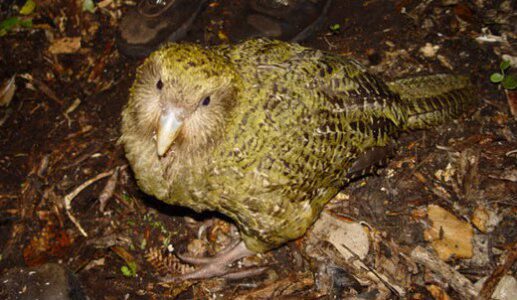
Kakapos are nocturnal ground-dwelling parrots from New Zealand, and yet another example of an animal brought to the edge of extinction by humans. They are critically endangered with only around 140 individuals remaining, each one with an individual name. They were once common throughout New Zealand and Polynesia but now inhabit just two small islands…
-
Gharial
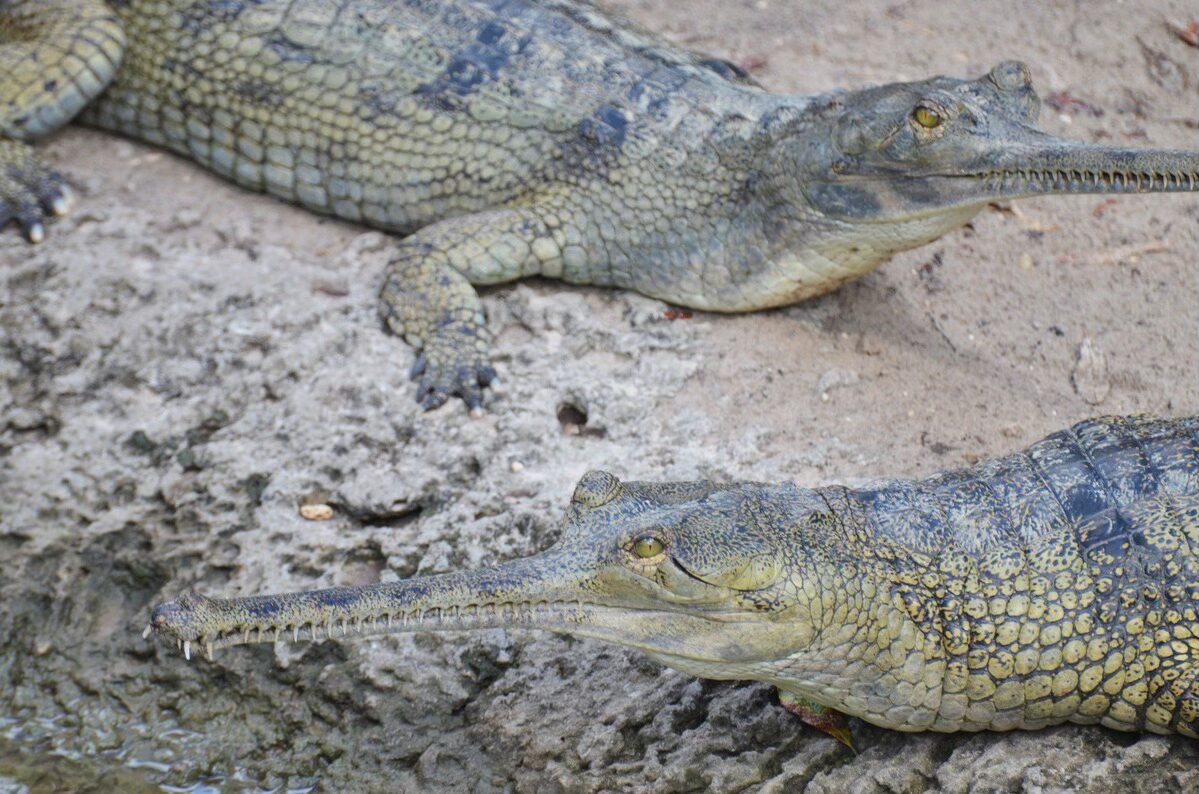
Gharials are fish-eating crocodiles from India. They have long thin snouts with a large bump on the end which resembles a pot known as a Ghara, which is where they get their name. They spend most of their time in freshwater rivers, only leaving the water to bask in the sun and lay eggs. Unfortunately,…
-
orangutan (genus Pongo)
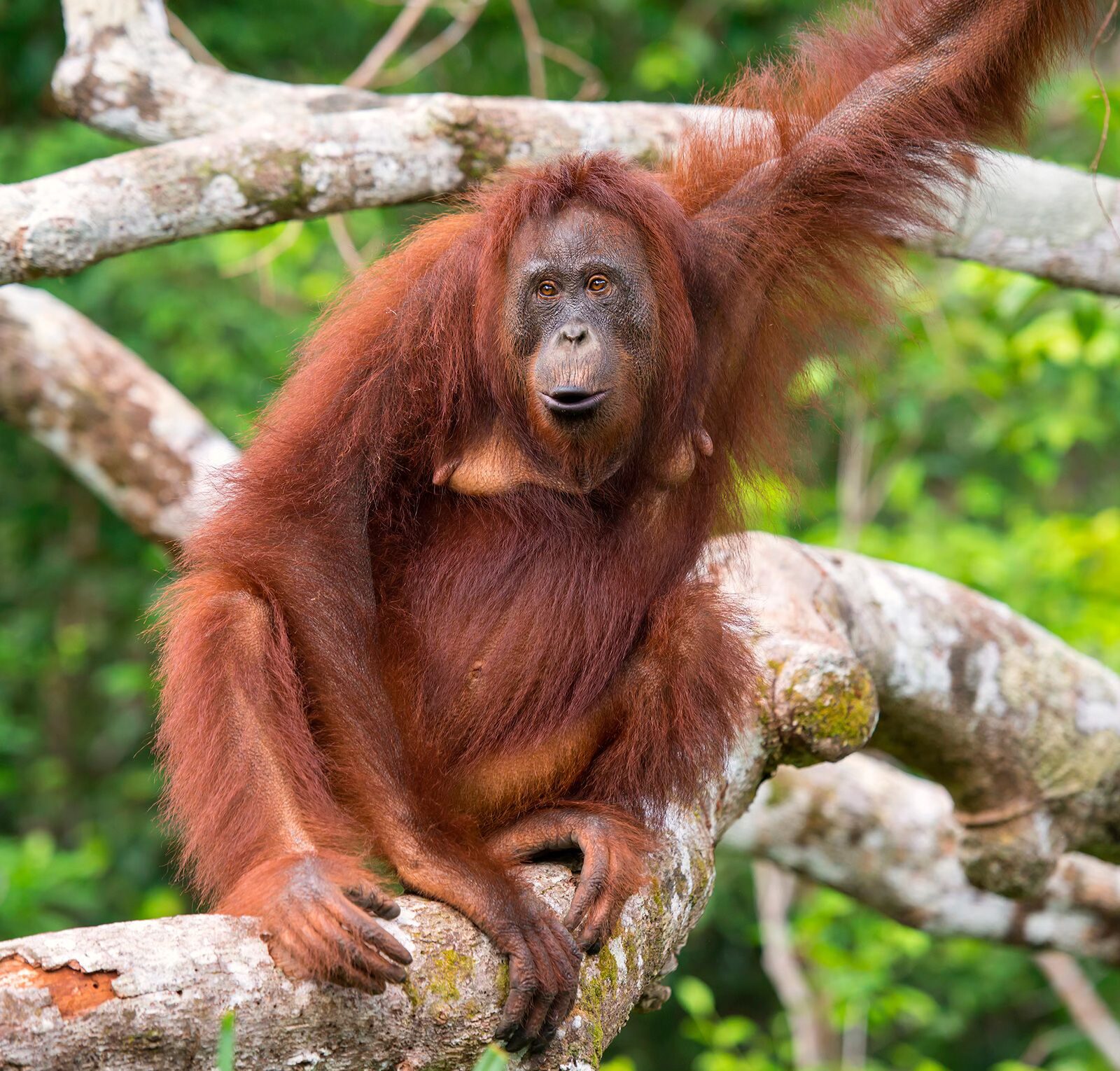
Orangutan is Malaysian for “person of the forest.” Though morphologically orangutans may resemble melted Muppets more than people, their sophisticated cognitive abilities are very human indeed. Like gorillas and chimpanzees, they have been known to use tools. Threatened largely by logging and capture for the exotic pet trade, orangutans—restricted to the Southeast Asian islands of Borneo and…
-
Tasmanian devil (Sarcophilus harrisii)
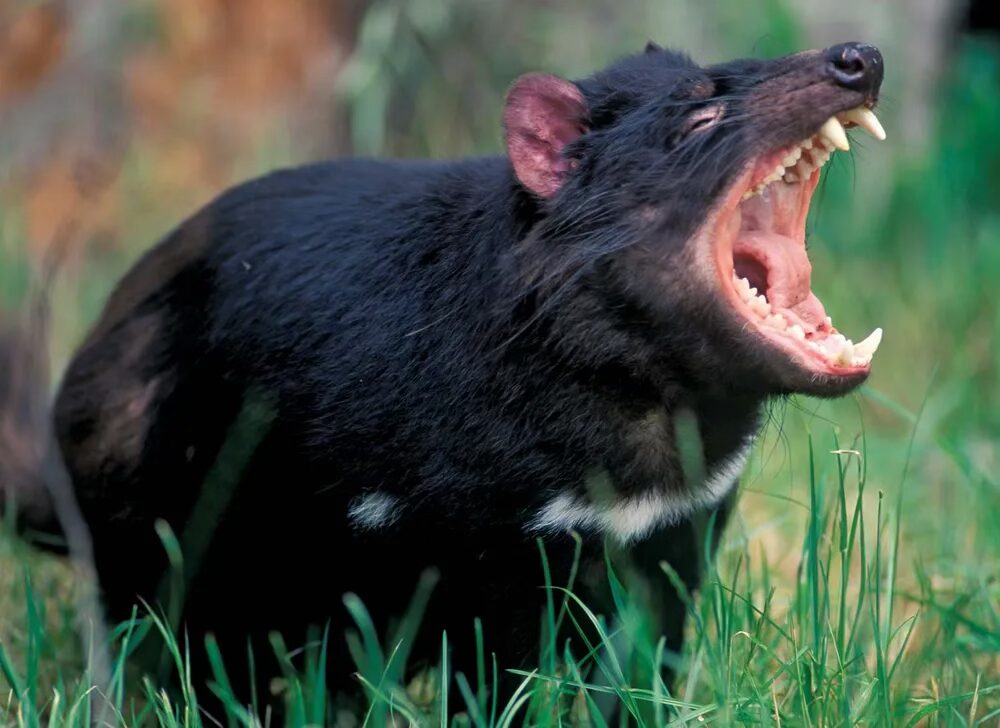
Between 1996 and 2008 the population of Tasmanian devilsdropped some 60 percent because of a contagious cancer known as devil facial tumor disease. It continues to decimate populations of the species, which occurs only on the Australian island of Tasmania. There may be only 10,000 wild individuals remaining. Captive breeding of uninfected individuals has been instituted,…
-
gorilla (Gorilla beringei and Gorilla gorilla)
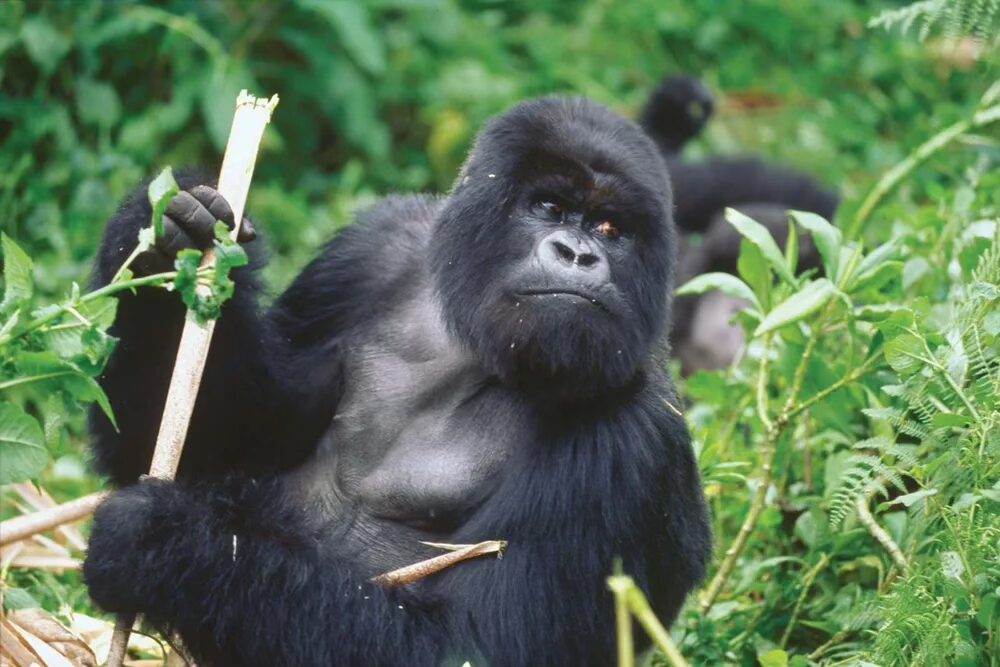
Depending on whom you ask, there are either two species of gorilla, the eastern (Gorilla beringei) and western (Gorilla gorilla), or three subspecies, the eastern lowland, western lowland, and mountain gorillas. Regardless of whom you ask, all gorillas are endangered. There could be more than 300,000 gorillas left in the wild, and they’re listed as critically…
-
Javan rhinoceros (Rhinoceros sondaicus)
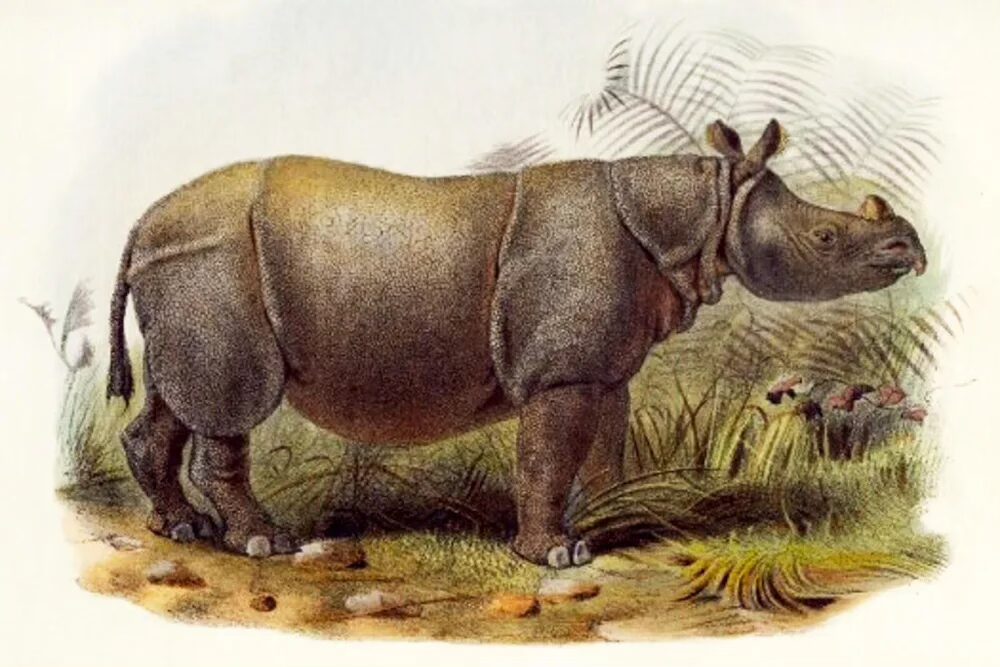
At first glance, the Javan rhinoceros’s fleshy folds of skin appear to be plated armor, complementing the keratinous horn adorning the skull of this lumbering species. Its population faces many threats: natural disasters, habitat loss, disease, and, notably, poaching for its horn. In 2010 the last of continental Asia’s Javan rhinoceroses was killed in Vietnam. Today…
-
sea otter (Enhydra lutris)

The luxurious waterproof coat that insulates sea otters from the chilly waters they inhabit almost led to their extinction. A target of the commercial fur trade, the species was almost wiped out, its population reduced from an estimated 300,000 in the early 1700s to some 2,000 by 1911. That year an international ban on commercial hunting was…
-
Asian elephant (Elephas maximus)
The IUCN Red List of Threatened Species estimates that the current population of Asian elephants, which inhabit 13 countries, is about 40,000–50,000. That number may be far lower; some regions inhabited by the lumbering pachyderms are inaccessible because of the terrain or political volatility. Over 50 percent of the population is concentrated in India. The burgeoning human population…
